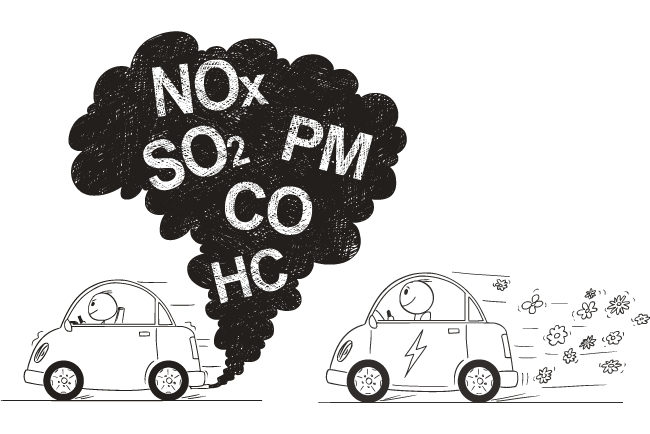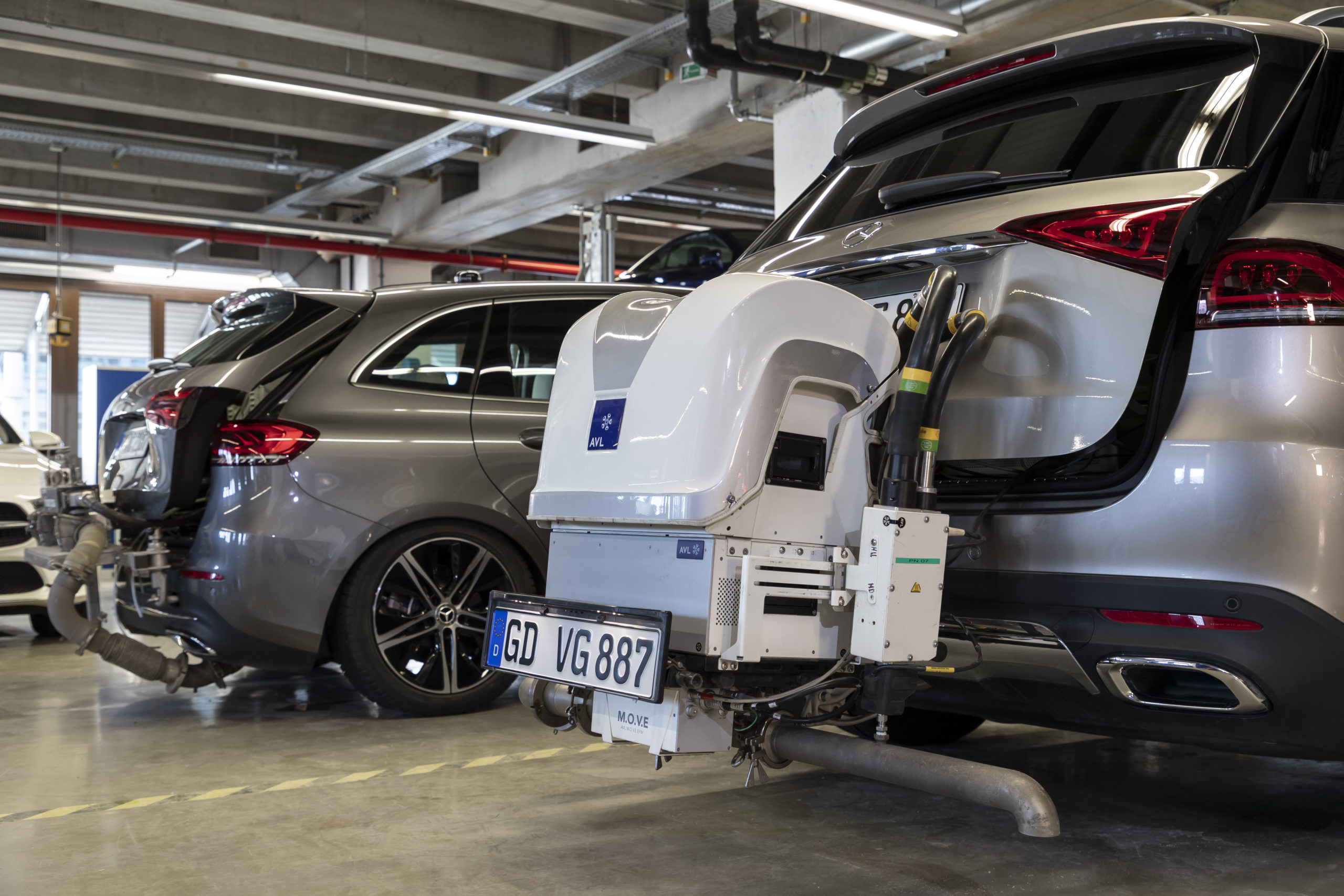Time is up for the internal combustion engine. Even the European Commission has acknowledged that the new emission standards will be the last rules for conventional vehicles before moving to zero-and low emission alternatives so that we can ensure a healthy, green recovery from the COVID-19 epidemic and tackle the climate crisis effectively.
Upcoming Euro 7 regulations will cause a natural death to internal combustion engines, as early as 2025, manufacturers fear.
This is the beginning of the end: the European Commission is now in the process of reviewing the existing rules for vehicle emission standards and as a core part of the European Green Deal, new emission standards are needed to fix the allowed pollution levels from vehicles.
While reviewing the existing rules, the new regulation is needed before phasing out the internal combustion engine, a move necessary to achieve 2030 Climate targets. These new EURO 7 standards will be the final ones.
Transport Pollution and public health – The role of Emission Standards
Transport is a key source of air pollution and the overwhelming majority of people in Europe live in cities. The COVID-19 crisis has made it clear and visible that cleaning the air, especially in cities is possible.
A sustainable way of reducing air pollution requires a coherent strategy, many regulations re-enforcing each other. Apart from giving significant support for public transport, regulating the emission limits of conventional vehicles is a key part of the puzzle: apart from cleaning the old, polluting cars, vans and buses, new vehicles must be as clean as possible! New emission standards can be the bridge between the old and new models so that the damage to our health and the climate from the latest cars produced is as minimal as possible.
What are the New Standards of Euro 7?
According to the Euro-7 standard, new cars must emit only 30 milligrams of NOx (nitrogen oxide) per kilometer, and in the second scenario even 10 mg/km. The limit was previously 60 mg for gasoline and 80 mg for diesel vehicles. Carbon monoxide limits should also drastically be reduced; directly translated from German, “Carbon monoxide should get reduced from 1000 respectively 500 mg to 300 respectively 100 mg,”.
Another requirement is that the mobile device for measuring compliance with limit values during the Real Drive Emissions (RDE) test must be significantly tightened. Any exceptions that have been allowed by RDE so far should be removed.
Vehicles must comply with the new values:
- at temperatures from -10°C to 40°C (from 14°F to 104°F)
- at an altitude of 1000 or 2000 meters (3,300 or 6,560 ft), previously up to 700 m (2,300 ft)
- during a theoretical “service life” of 15 years or a mileage of 240,000 km (150,000 miles), previously 160,000 km (99 500 miles)
- even with a roof rack, bike rack, or trailer.
To date, no new vehicle with an internal combustion engine can meet these standards. That is why automakers need to start modernizing their factories now, in order to present new cars by 2025 that will meet the new standards. Of course, this will require significant financial investments from these manufacturers.
How can new emission standards contribute to public health?
The new European vehicle emissions standards “Euro 7/VII” will be vital to this strategy. The final EU vehicle emissions standards must be implemented as soon as possible, to make sure that vehicle emissions no longer endanger lives.
The new Euro 7/VII standards will contribute to a modal shift from car-based cities to walking, cycling, and public transport, wherever possible. These are the healthiest, the less polluting, and the most efficient transport options. Non-internal combustion engines should be preferred over conventional fossil fuel-powered vehicles because they are non-exhaust emission sources.
For health, climate protection, and environmental reasons, the vehicle emissions of air pollutants should be drastically reduced. Many pollutants emitted from automotive engines are dangerous to human health. Yet, they are poorly regulated or not regulated at all under the current Euro regulation nor the EU Air Quality Standards: all must be regulated. EU air quality standards have to be aligned with the latest WHO guidelines. Consequently, the Euro emissions standards and their enforcement must be strengthened in the final Euro 7 regulation.

Courtesy of European Public Health Alliance, Tasmanian and Business Insider.
